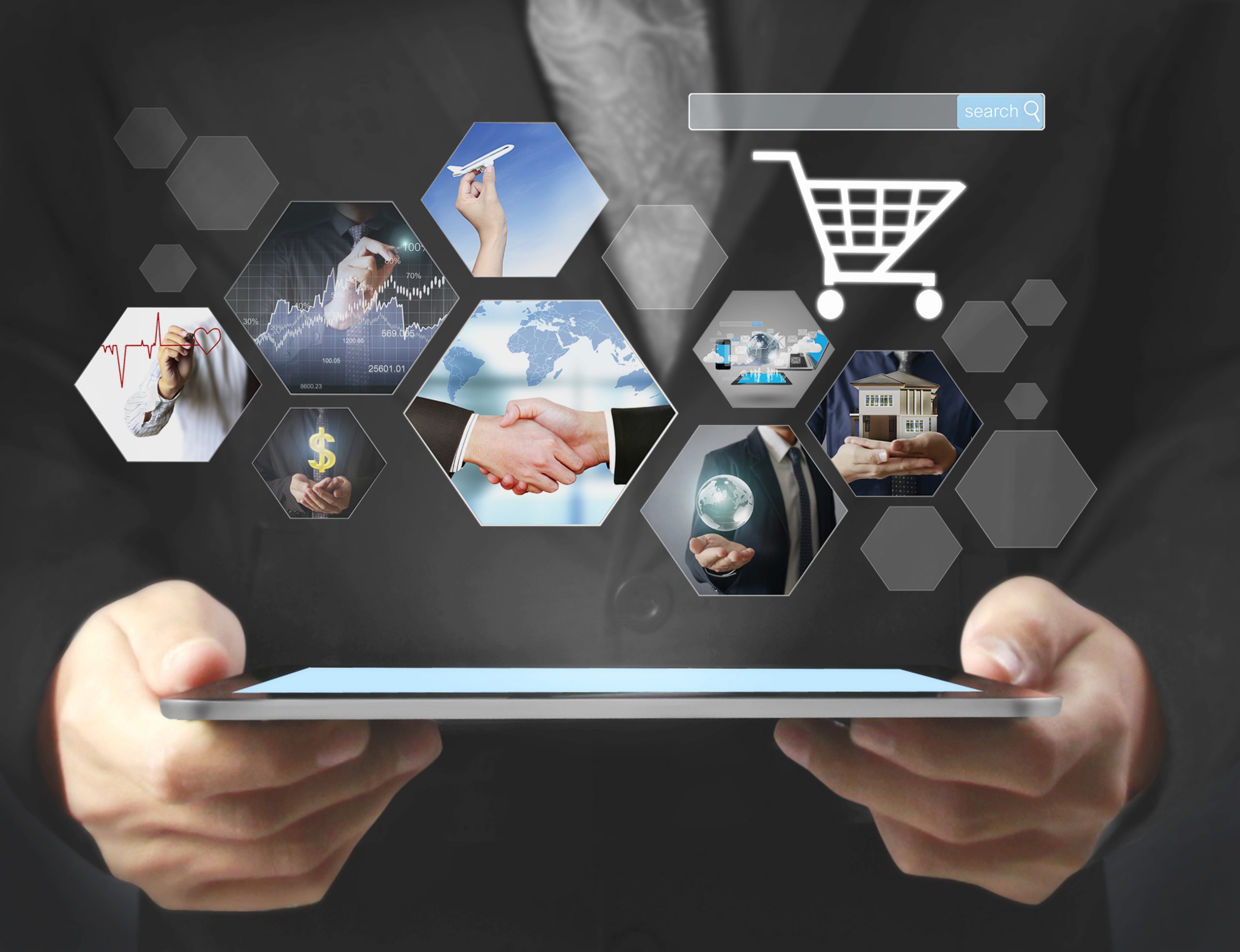What is AI?
Artificial intelligence, otherwise simply called AI, is often a term thrown around in science fiction movies or in complicated jargon in the world of computer science. But this is a term created simply to encapture all machines and tools that are capable of imitating a human level of intelligence1. This can be through many forms such as translation, making decisions, as well as interpreting images and sound1. The most common approach to creating and using AI is to use human levels of reasoning to achieve an end goal1. These AI machines ultimately have the capability to act and make decisions on their own1. These AI machines then can act and make decisions, without the need for human assistance. These artificial intelligent machines then have the ability to impact us in a variety of ways, even in our everyday lives.
What is machine learning?
Machine learning is a term under the umbrella that is AI1. Machine learning refers to the specific instructions given to the machine, that allow the machine to use statistics to learn from finding patterns in the data the machine has been given2,3. These instructions given to the machine are called algorithms3. What has been learned from the data, then allows the machine to make its own decisions2. The data that has been given to this machine can be in many different forms. This can include images, numbers, words3. It is essentially just different forms of information that the machine can process3. This data is given to the machine often in very large quantities3. This is given to the machine in large quantities, as the higher the amount of data provided, the more efficient and successful the machine will be in its ultimate task3.
Machine learning can be further broken down into three categories, based on how the machines are trained to learn from the data provided:
Supervised: Where the machine is given clear instructions through labeling of what to look for when provided data3.
Unsupervised: Where the machine is given no instructions and instead will look for any pattern in the data it has been given that it can find3.
Reinforcement: The machine is given an objective to accomplish3. It will learn through trial and error what works to complete this goal, by either being rewarded or punished for the behaviours and decisions it tries3.
Where is AI Used?
AI is used in many areas of our lives, affecting us in many ways. One current use for AI and machine learning is in natural language processing (NLP). This is where the machine will determine the meaning of the human language it is given, in order for it to make its own decisions4. The human language it can process can be either through images, written or spoken language5. It is most likely you have already encountered NLP in your everyday life4. For example using auto-correct or spellcheck, or the spam filter on your email4.
How is Natural Language Processing Used?
An everyday and important use of NLP is to use this function for customer service within businesses. In order to improve customer access to information and answer any questions customers may have, chat boxes are a useful tool to use that doesn’t require the input of actual humans5. These chat boxes are the first point of call in business to customer interaction and can operate and answer faster than a human could, and at a lower cost to the business as well5. As long as machine learning and NLP is well used, the customer will leave with their questions answered, with a positive interaction associated with the business5. This use of machine learning is an effective tool used by businesses to create an easy to access and use interface for customers, which can create a long-lasting positive memory for the customer because of the ease with which they could find their answer.
Another useful aspect of NLP in business is the use of classifying documents based on the language within it6. An example of this is when your email account automatically sends some of your emails straight to the spam folder6. This can allow for the efficient classification and sorting of data without the need for human assistance to sort through an enormous array of data themselves. This is important in both a business sense, but is also a useful feature for the customers who use these products. Another can include using it for the purpose of business analytics6. An example of this would be when people use the chatbot on a website, that they should be able to use common phrases instead of requiring specific words, and that the results will still be tailored to the question asked and should be able to provide an answer6.
What is Computer Vision?
Another type of machine learning, this one incorporates the use of images as data and is computer vision7. Computer vision is where machines can view images and obtain information, and then make conclusions and decisions based on these images the same way a human would7. The algorithms used in this type of machine learning allow the machines to identify differences in the images7. The machine is then shown a large amount of data in the form of images and trained on what to look for in the future7. It is trained by labelling the images shown, for example, indicating which images have the object the machine needs to identify7. There are several different subsets of computer vision, these include; image recognition, object recognition, video recognition, and machine vision7.
How is Computer Vision Used?
One of the main ways that we encounter computer vision is through the use of facial recognition software8. Typically, this is used in the field of security, but can be used also for less serious purposes such as being able to identify your friends on your social media posts, offering you the option to tag your friends8. This way, the computer vision assists these companies in a variety of ways, but ultimately should make the platform easier to use for both the company, but also the customers.
Other uses of computer vision include using phone images to identify diseases and ailments, targeted retail recommendations, fraud prevention in the world of banking, agricultural field monitoring, and creating a manufacturing line that is more efficient8. Computer vision is currently being used in a variety of sectors, working to make the business easier and more effective. Often the ways in which computer vision is utilised directly impacts the customers of the business and product, making it more tailored to a specific person, and making the interaction between customer and business easier.
The future of machine learning
The possibilities and impacts that machine learning can have are huge and varied, and it is possible that AI and machine learning will impact us in more ways in the future. Some ways that computer vision will be utilized in the future include being able to accurately and constantly update stock inventory in a variety of settings, identify suspicious behaviour in retail settings, and analysis of the behaviours of customers in retail settings in order to change store layout to benefit the customer9. These are just a couple of examples of how computer vision will be implemented in the future, but these indicate how computer vision will further impact the customer experience.
As for natural language processing, there are varied future uses for this. Examples include using NLP to increase the number of medical records that can be used in hospital settings10 and identifying and selecting video clips that humans will find the most interest in watching in the world of sport11. This indicates the very different applications that NLP can have as we move into the future. Despite having a variety of uses, these types of machine learning are and will be used to create better customer experiences, and used to create businesses that are more effective, easier to use, and have a greater impact.
Sources:
[1] Bernard Marr. Forbes. The Key Definitions Of Artificial Intelligence (AI) That Explain Its Importance. (2018). https://www.forbes.com/sites/bernardmarr/2018/02/14/the-key-definitions-of-artificial-intelligence-ai-that-explain-its-importance/?sh=1f4015704f5d
[2] Karen Hao. MIT Technology Review. What is AI? We drew you a flowchart to work it out. (2018). https://www.technologyreview.com/2018/11/10/139137/is-this-ai-we-drew-you-a-flowchart-to-work-it-out/
[3] Karen Hao. MIT Technology Review. What is machine learning? (2018). https://www.technologyreview.com/2018/11/17/103781/what-is-machine-learning-we-drew-you-another-flowchart/
[3] Jacob Brogan.Slate. What’s the Deal with Algorithms? (2016). https://slate.com/technology/2016/02/whats-the-deal-with-algorithms.html
[4] Bernard Marr. Forbes. 5 Amazing Examples Of Natural Language Processing (NLP) In Practice. (2019). https://www.forbes.com/sites/bernardmarr/2019/06/03/5-amazing-examples-of-natural-language-processing-nlp-in-practice/?sh=6947a4061b30
[5] Mary Pratt. TechTarget. 9 top applications of artificial intelligence in business. (June 2021). https://searchenterpriseai.techtarget.com/tip/9-top-applications-of-artificial-intelligence-in-business
[7] Giacomo Lee. Verdict. Face recognition is just the tip of the AI Computer Vision iceberg. (June 2021). https://www.verdict.co.uk/face-recognition-is-just-the-tip-of-the-ai-computer-vision-iceberg/
[8] Bernard Marr. Forbes. What is Computer Vision And The Amazing Ways It’s Used In Business. (September 2019). https://www.forbes.com/sites/bernardmarr/2019/09/16/what-is-computer-vision-and-the-amazing-ways-its-used-in-business/?sh=1e93530e36e
[9] Tony D’Onofrio. Loss Prevention Magazine. Visualizing a More Profitable Computer Vision Future of Retail. (June 2021). https://losspreventionmedia.com/computer-vision-future-of-retail/
[10] Teta Alim. HealthTech. How Can Healthcare Leverage Natural Language Processing for Medical Records?. (July 2021). https://healthtechmagazine.net/article/2021/07/how-can-healthcare-leverage-natural-language-processing-medical-records-perfcon
[11] Victoria Masterson. World Economic Forum. How AI is serving up aces at Wimbledon – and what the technology means for the future of sport. (July 2021). https://www.weforum.org/agenda/2021/07/how-ai-is-serving-up-aces-at-wimbledon-and-what-the-technology-means-for-the-future-of-sport/



